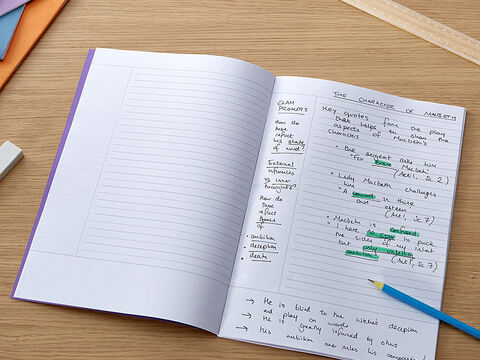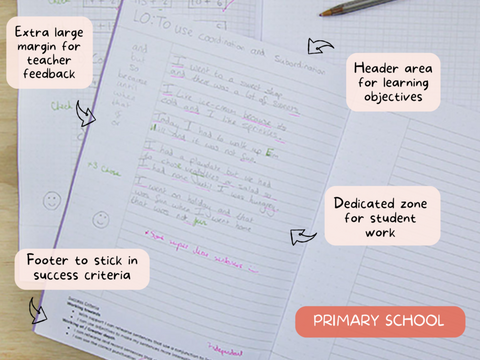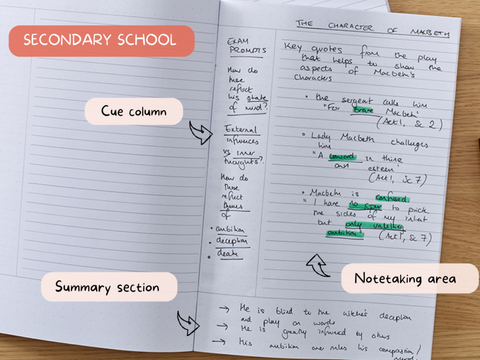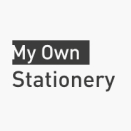
Primary School
In a standard exercise book, it can sometimes be hard to find the space to help children see what they have done well. The dedicated sections of the Cornell ruling can give teachers and pupils that extra bit of room for clear, specific guidance on how the work can be improved and an area for pupils to act on the feedback.
We’ve worked with Primary School Teachers, to come up with an effective strategy for marking and providing feedback using Cornell's:
Marking in the notes area: Use the wider right-hand column where students have done their work to provide specific feedback on areas that need improvement. Highlight or underline the relevant parts of the student's work and write your comments next to the corresponding sections.
Summarise feedback in the left-hand column: In the left-hand margin, summarize the feedback you provided in the right-hand column. This summary should highlight key points, identify patterns of mistakes or strengths, and provide an overall assessment.
Set goals in the bottom section: encourage students to use this space to reflect on their performance and set goals for improvement. Ask them to consider the feedback and identify specific actions they can take to enhance their skills or address any weaknesses. This helps students take ownership of their learning and fosters a growth mindset.

Secondary School
This is an excellent method for students in Secondary School who need to take meaningful notes that can be used for exam revision.
The notetaking area is where students write class notes - the main points, important details, and supporting examples, ideally using abbreviations, symbols, or bullet points to condense information to focus on key ideas.
The cues column is a wide margin on the left and is used to write down main topics, questions, or keywords related to the content being studied. It serves as a reference for reviewing and recalling information later.
The summary section at the bottom of the page can be used after note-taking to write a brief summary of the content covered to capture the main ideas and key concepts.
During review and study, students are able to cover the notes section and try to recall the information based on the cues. This self-quizzing will help to determine how much students really know, reinforce understanding and also help move information from short-term to long term-memory.

Discover a change to traditional note-taking and feedback with Cornell ruling. Highlighting growth areas and capturing key insights on the right, while summarising and highlighting on the left, empowering Secondary School students on their own learning journey!

 Rhino Stationery
Rhino Stationery
 My Own Stationery
My Own Stationery
 Aisling Stationery
Aisling Stationery
 Amazon.co.uk
Amazon.co.uk